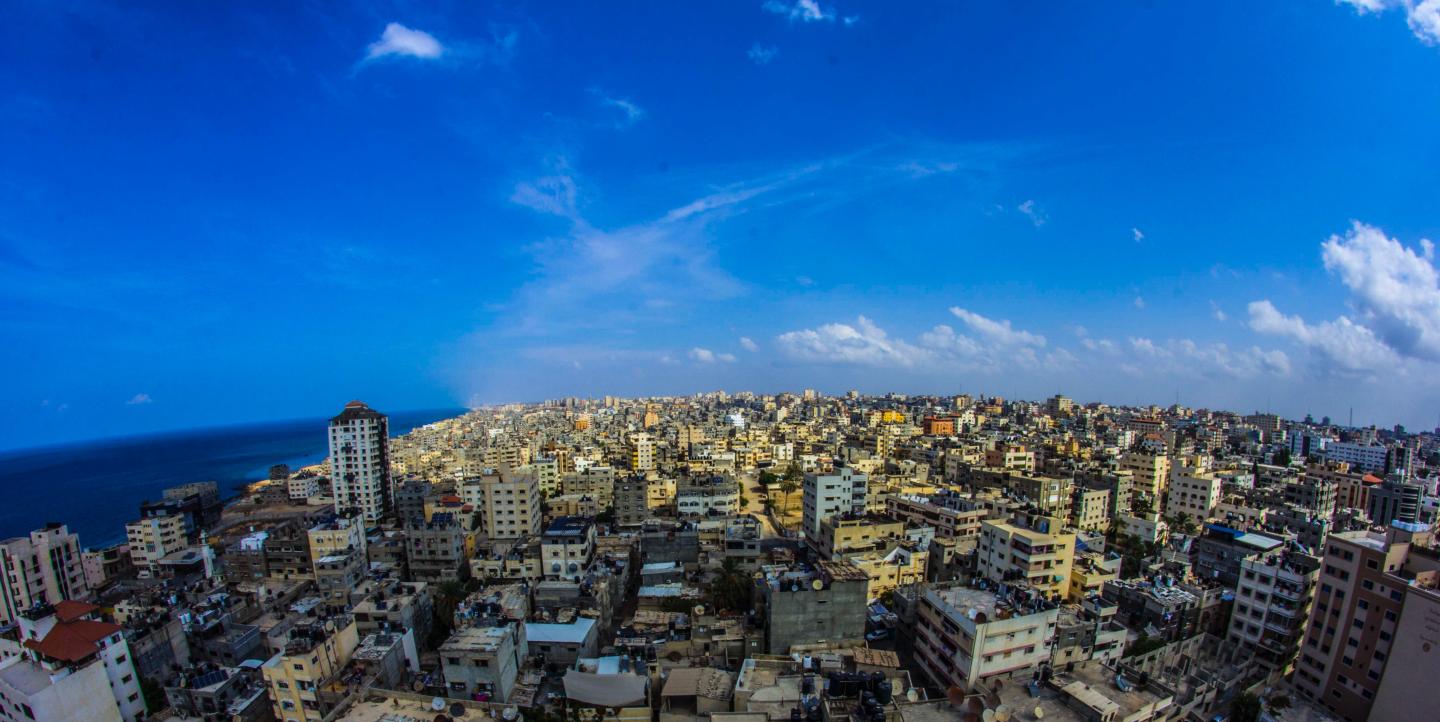It has been over a month since Hamas attacked Israel, killing more than 1,200 people and taking hostage over 200 more, according to offical Israeli estimates. Israel subsequently declared war on Hamas, launching a bombing campaign and ground invasion of northern Gaza that has killed more than 11,000 people, according to the Gaza health ministry, which is run by Hamas.
As the conflict unfolds, journalists must be prepared to report ethically and accurately on its developments.
In a recent ICFJ Crisis Reporting Forum webinar sponsored by the Dow Jones Foundation, Michael Lipin, a Voice of America bridge editor, and Steven Youngblood, director of the Center for Global Peace Journalism at Park University in Missouri, shared advice for journalists covering the Israel-Hamas war:
1) Recognize global perspectives and personal biases
Given the global attention on the conflict, and its geopolitical implications, it is important to acknowledge the various positions and stances taken by countries, beyond just the U.S. “Other world powers have a different view [of the conflict than the U.S.],” said Lipin.
It is important to communicate countries’ views and responses directly. “This is Russia’s position. This is China’s position, for example. And just reflect that factually in a story,” Lipin added.
It is vital that journalists recognize their own regional background and context, as well, to best produce impartial coverage on the conflict. An American journalist, for instance, should acknowledge that they may perceive and report on the conflict differently than an Israeli or Palestinian reporter.
“We need to be aware of these biases at all times and do what we can to try to mitigate the impacts of these biases,” Youngblood said.
2) Consider the impact of language and images
Journalists should be mindful of the language and images they use in their coverage, especially when reporting on survivors and trauma. Opt for neutral word choices over emotionally charged language, like “bloodbath” or “massacre,” when possible.
Youngblood suggested key questions journalists should consider when selecting images to include in articles. “Are bloody, horrifying images being used because they are needed to tell the story?” he said. “Or are they used as clickbait? Are they used in a way that’s simply sensational? Are the images and storytelling emotionally exploitative?”
When portraying survivors and victims of trauma, journalists should be considerate when it comes to the types of interview questions they ask to avoid retraumatizing victims, Youngblood said.
Take care to ensure accuracy when using labels: be mindful, for instance, when using designations, such as “terrorists” or “genocide,” without carefully considering the legal definitions and emotional responses these terms can create.
3) Diversify sourcing
During the conflict, tons of information, both factual and otherwise, has spread quickly online. Social media, especially, has facilitated the rapid dissemination of credible news and misinformation as the situation has evolved.
Before drawing immediate conclusions, make sure to hear from multiple, credible sources to include in your reporting, Lipin urged.
For example, in his article looking into the possibility that Iran coordinated with Hamas before Hamas’ attack, Lipin collected information from numerous sources. This allowed him to better comprehend the details of a multifaceted and rapidly evolving topic. Speaking with and interviewing credible sources, including various government officials and foreign policy experts on the region, helped him gather the facts and verify information.
Journalists should speak with at least two carefully selected sources when carrying out their reporting, Lipin said.
Youngblood concluded by reminding both journalists and audiences to recognize the impact of their coverage: audiences will perceive and understand the conflict based on the way it is reported.
Photo by Mohammed Ibrahim on Unsplash.
This article was updated on November 14 with details noting official Israeli estimates.


